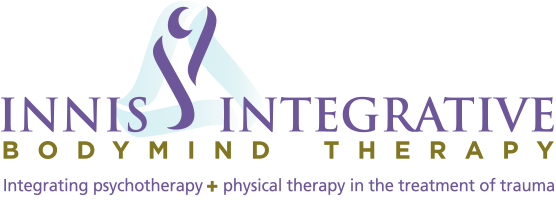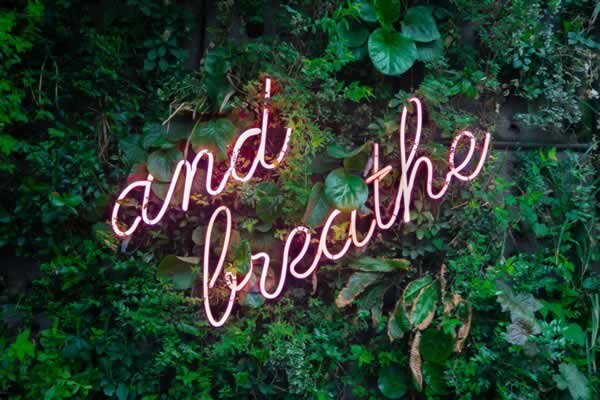We are all born with a deep, basic trust. It is wired into the very fabric of who we are. Babies need to trust to survive. They have no reason not to.
But even small children can be traumatized. They can lose faith in the people who are supposed to care for them through abuse or neglect. They can have difficult births or remain isolated in intensive care units for extended periods of time. These situations can lead to undue stress and dysregulation of their immature nervous systems, disrupting their bonding experiences.
When early trauma remains unresolved, it is often reactivated later in life, as other traumatic events are encountered.
Trauma destroys trust
Traumatic events erode our trust in the world and in other people. They also challenge our trust in ourselves, our ability to be agents in our own lives and to create positive relationships and achieve what we hope for.
But trauma can also be resolved. While the initial, innocent trust in the world and ourselves may be disrupted, we can transition to a deeper, more realistic connection with the world around us and within us.
Here are 7 ways to transition from trauma to trust and transformation:
1. The healing (therapeutic) relationship
One of the most powerful ways to transition from trauma to trust and transform your life is through psychotherapy. Therapists are trained to create a safe, perhaps even sacred, space for you. They can help you feel ‘understood’ and accepted.
Psychotherapy is transformational on many different levels as you explore the deep layers of your unconscious mind. There, trauma can have long after-effects that are difficult to shift. Science supports the fact that healing happens within a caring relationship, not alone.
2. Understand the dynamics between recent trauma and earlier trauma
Because a more recent traumatic experience can reactivate earlier trauma, it is important to investigate what is actually going on.
Again, this works best with a trained counselor or psychotherapist, but you can also try to find out on your own. Ask yourself what frightens, activates or disorients you most. Then, ask yourself if this feeling reminds you of anything you experienced earlier in your life.
Images, memories, body sensations, and emotions will likely pop up.
The goal here is to bring awareness to your body-felt experience and understand why and how you lost your trust. That understanding will support the changes necessary for transitioning to a new, more positive way of life.
3. Living in the moment
Bring your attention and awareness to the present moment. Orienting to the present moment and space is an effective way to start a “settling process”, slowing everything down and distancing you from worry. By living in the moment, you minimize thoughts of distrust.
Mindfulness and mindfulness meditation are good practices to help you live in the moment. Begin by focusing on your breath. Allow it to slow down and deepen into your belly. The more you practice living in the moment, the closer you are to transitioning out of trauma to trust and transformation.
4. Reconnecting with the world in a new way
Sensory experience, such as sound, smell, taste, the feeling in your body, colors, shapes, and movement are all part of mindfulness practice. They are also the most fundamental way of reconnecting with the world without the constant, intrusive memories and the painful thoughts. Spend time in nature, go for a walk, listen to your favorite music, and reach out to a trusted friend.
The world around us is always there and always ready to connect. And as you reconnect, you are well on your way to transformation.
5. Finding support and understanding
When you suffer the after effects of trauma, you sometimes feel as if you are alone.
Look for people who understand you. Often, you will find that they, too, have been through trauma and transition themselves. There are support groups online and quite probably even in your city. The support of fellow survivors is a huge help in transitioning to a new experience of trust.
6. Creative expression
Creative expression is a way of transforming your internal experience into an external expression. It can prove to be very fertile ground for moving trapped energy, expressing challenging emotions, and providing valuable insight. Choose whatever creative art or activity speaks to you right now. Painting, writing, dancing, or singing, it doesn’t matter what you create. What counts is the creative process.
As you tap into your creative flow, you will experience a state of mind that happens completely in the present moment. You will end up with something you created. Something that you can then use to better understand yourself and remember as part of your transformation.
7. Finding a new foundation for trust
The ultimate transformation comes through a transition back to trust again. But it is a new kind of trust. You can’t wish the trauma away. Your new trust begins and ends deep within yourself.
The world around you may disappoint or deceive you again. You may experience more traumatic events. But you will have more innate resilience and a more realistic view of the world. You will have a deeper connection to yourself that you can count on. And the knowledge that you can shape your life again.
Healing from trauma takes time and energy. But it will happen if you take the right steps. It is best done in relationship, not in isolation. Some people are transformed by trauma into a much more meaningful and soul directed way of life. You too can transition from trauma to trust and reclaim the life you were intended to live.
Contact me here for more information on Trauma Therapy




